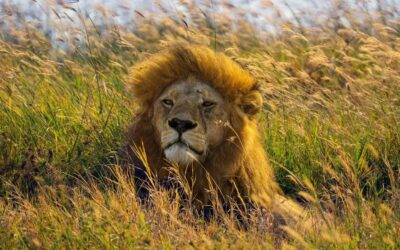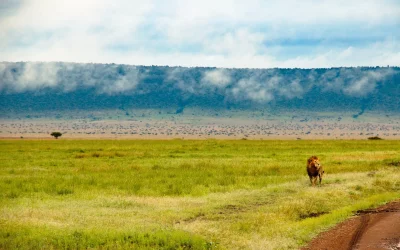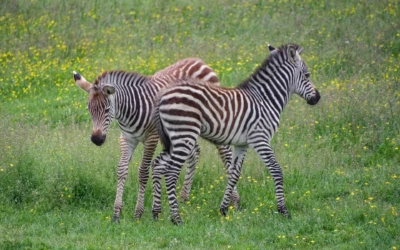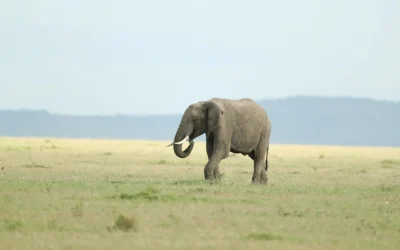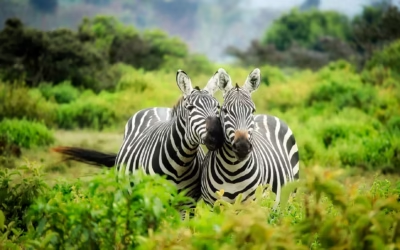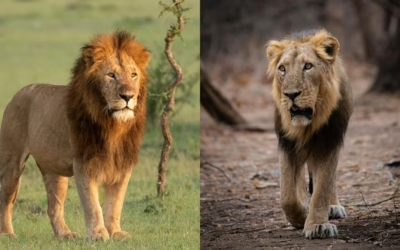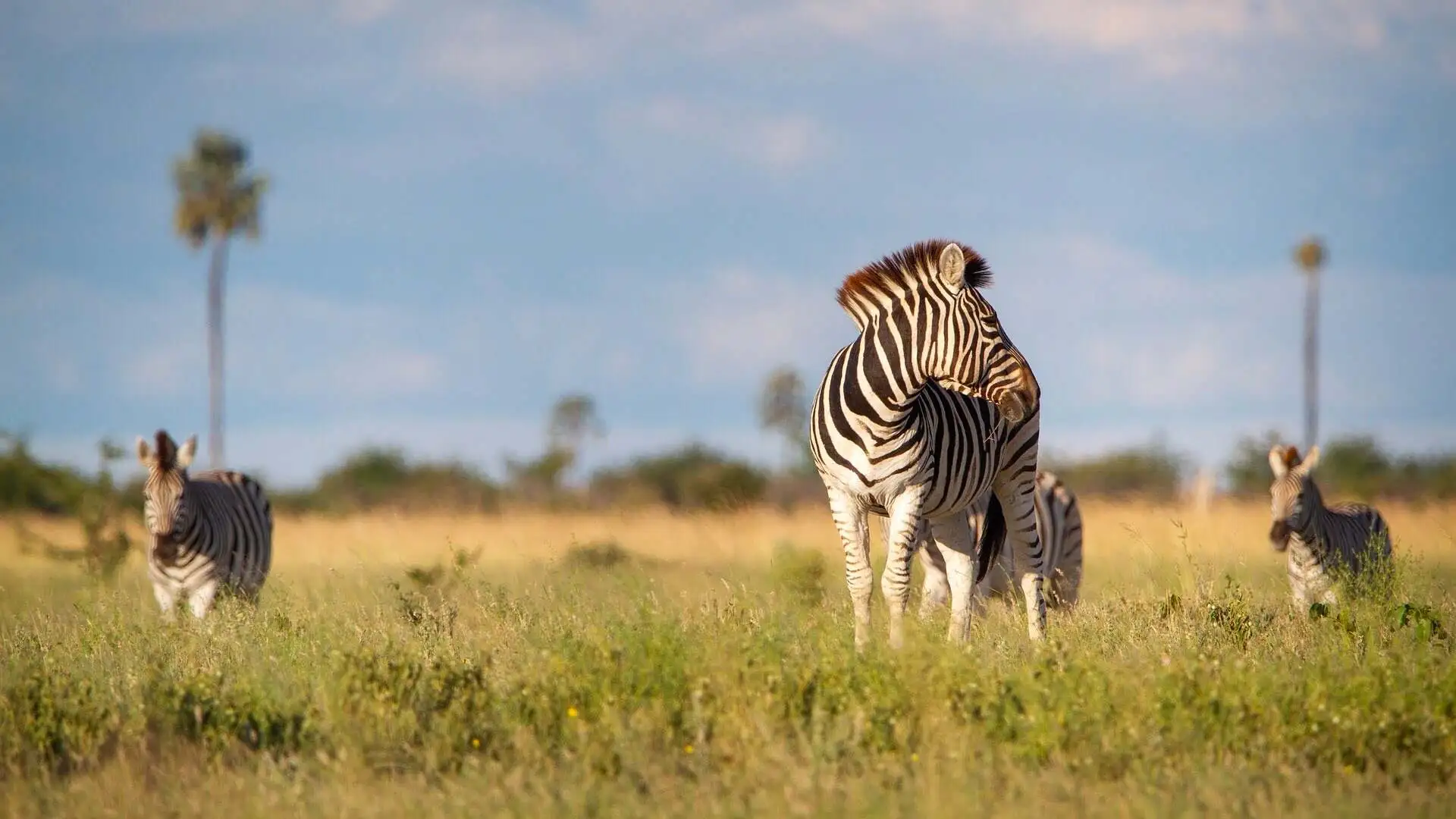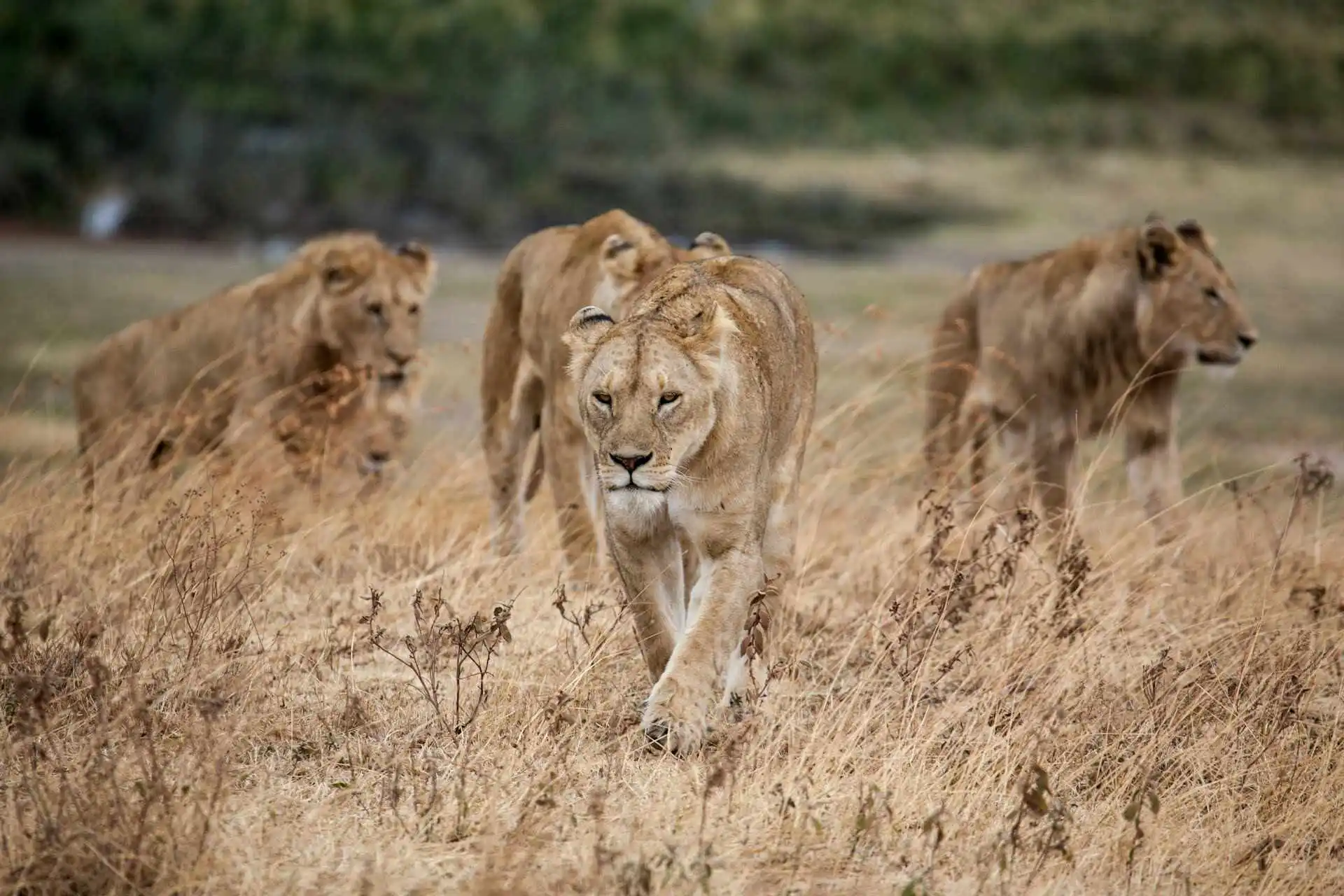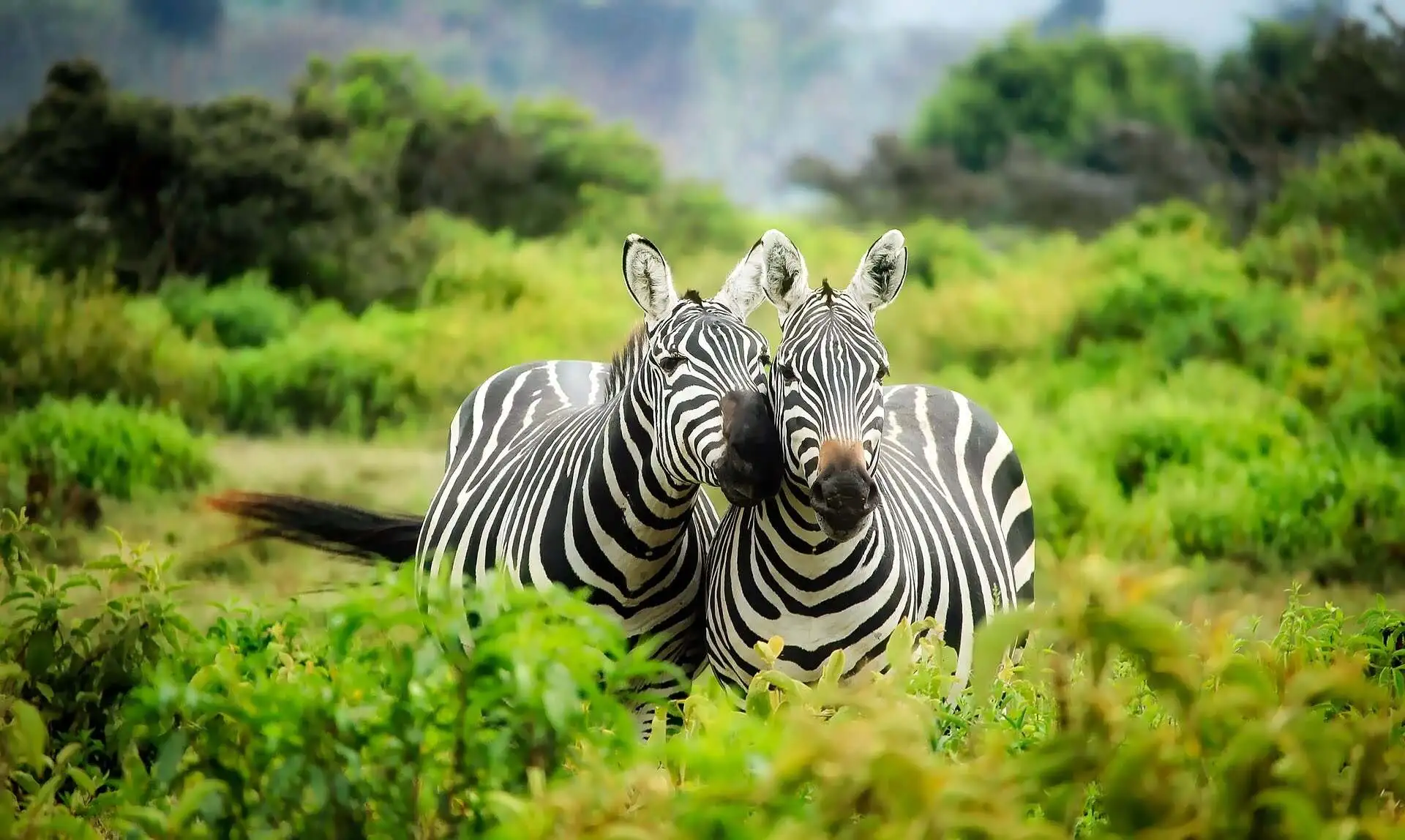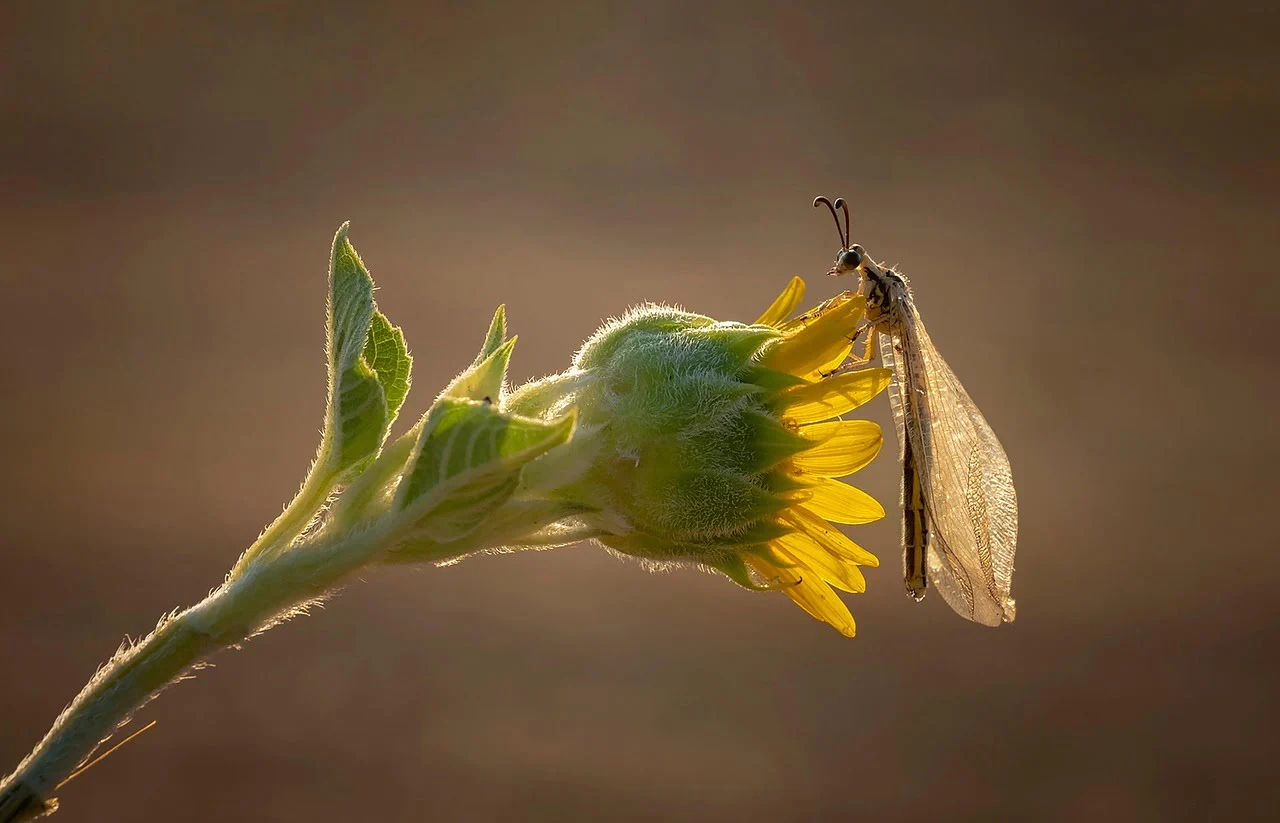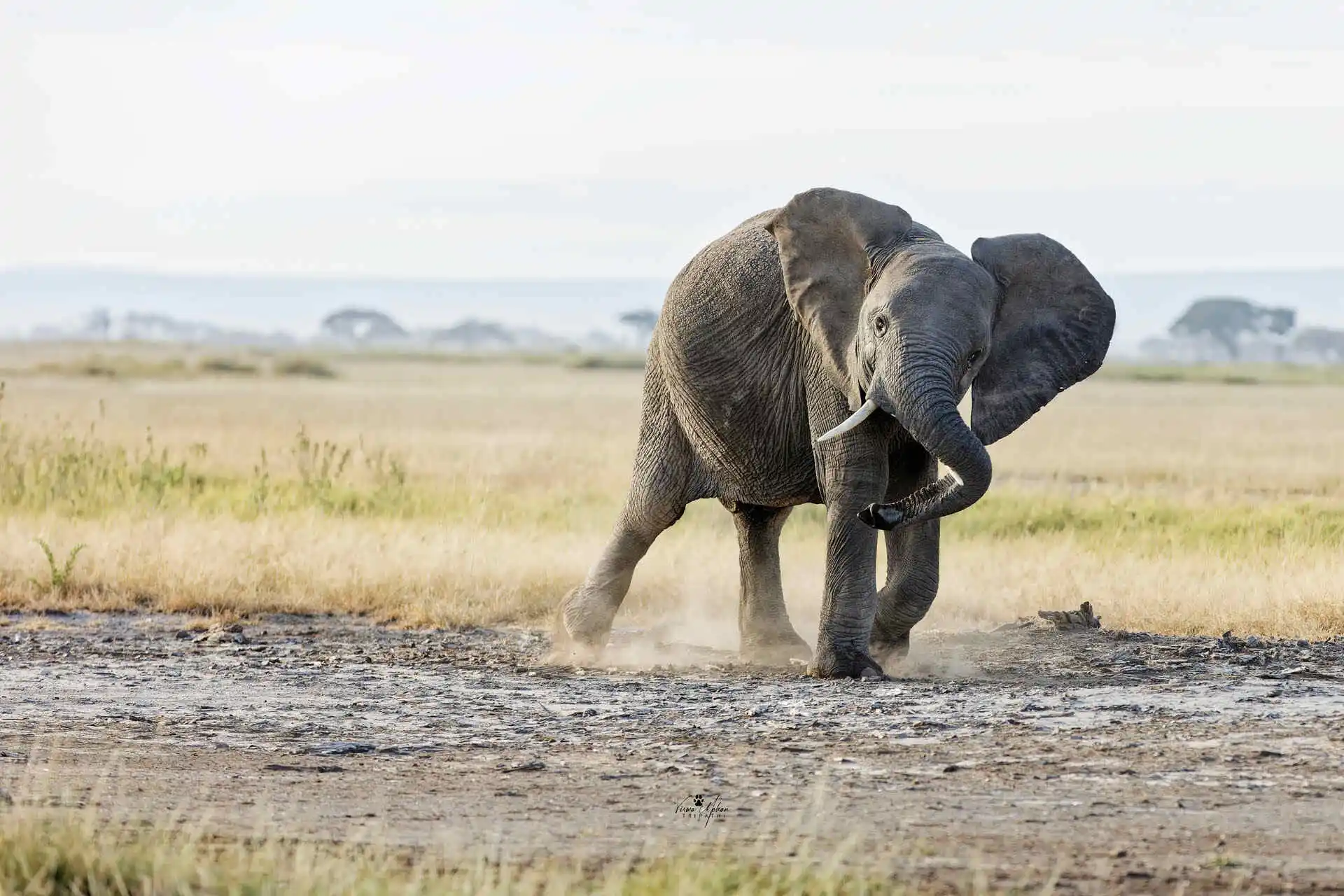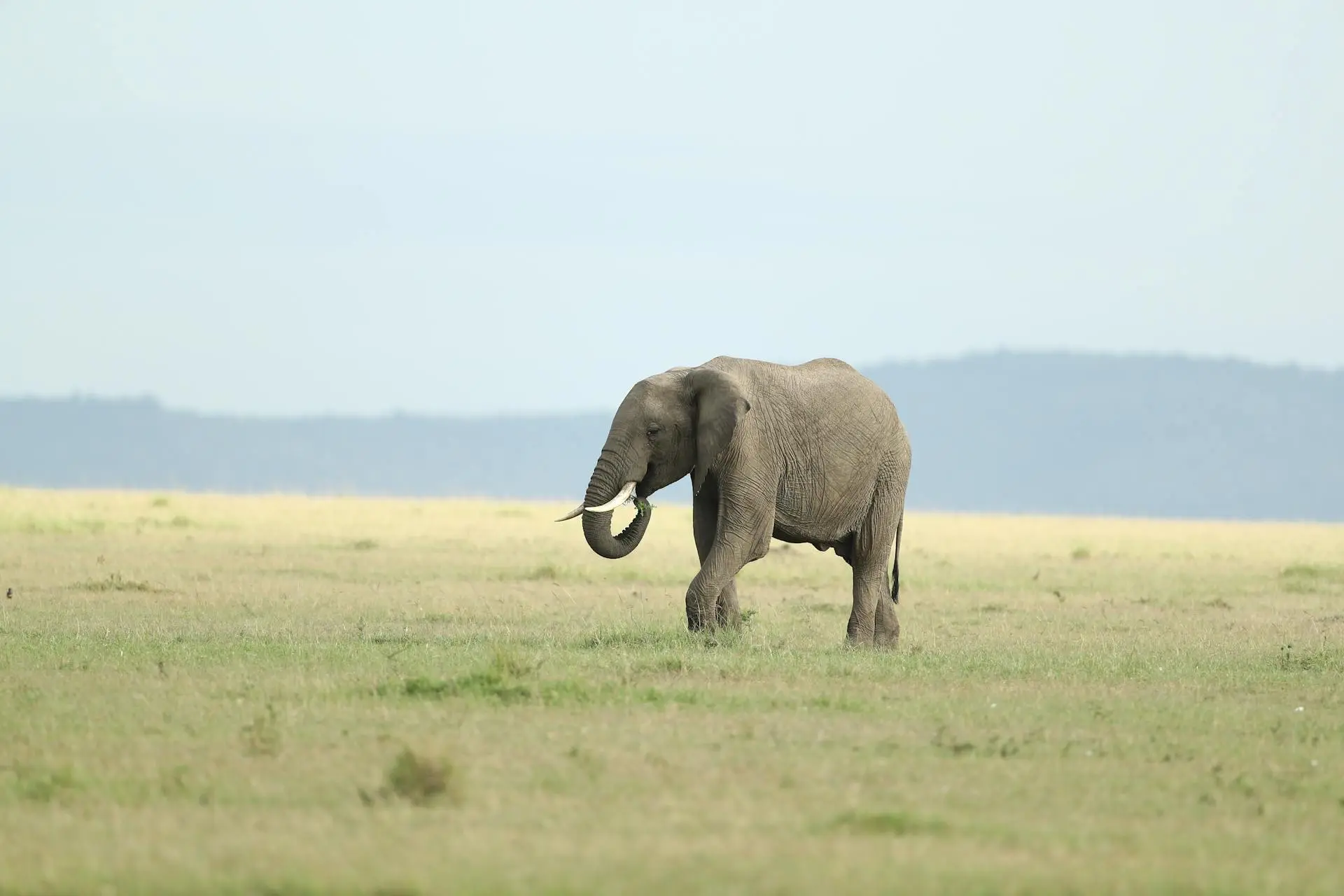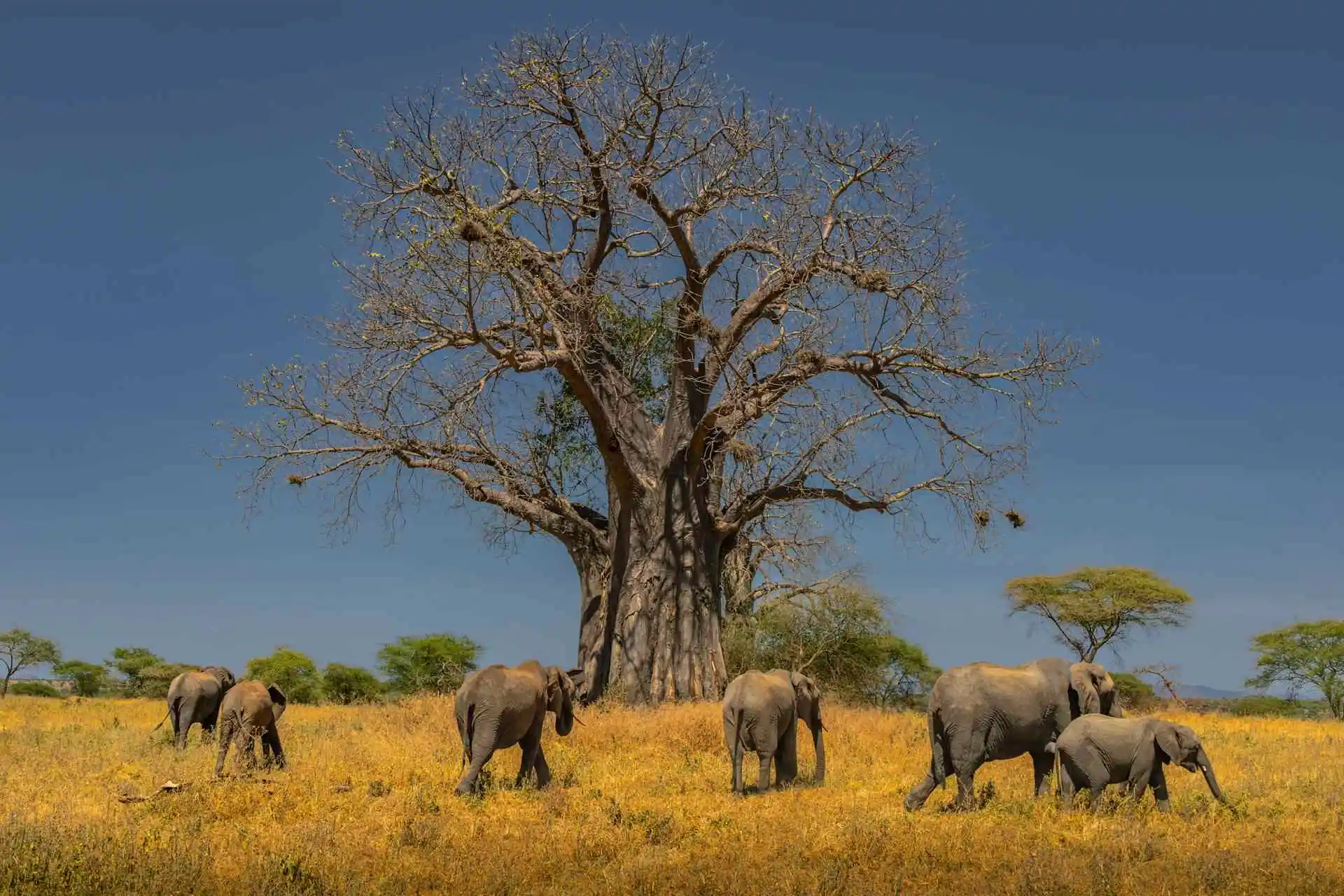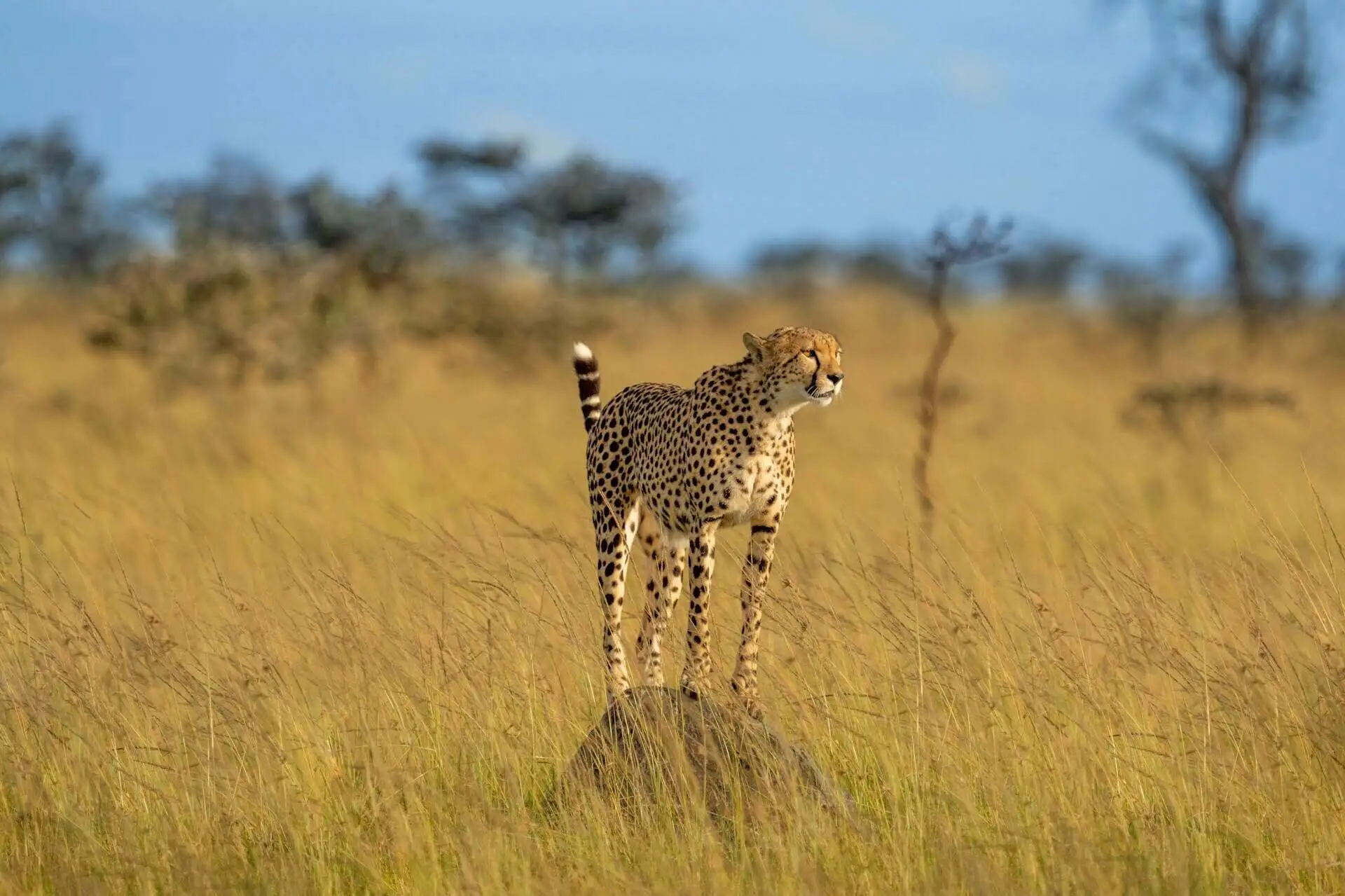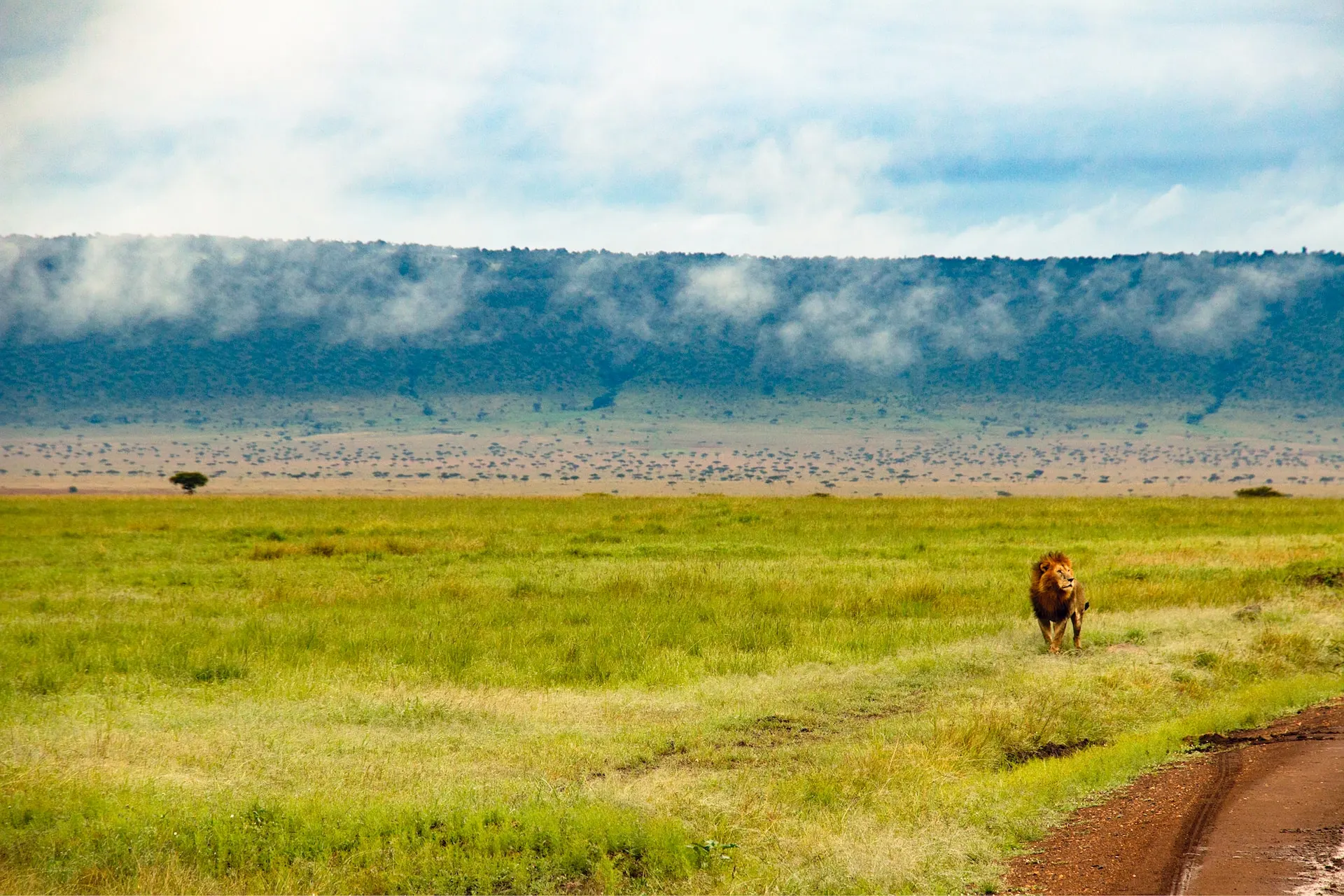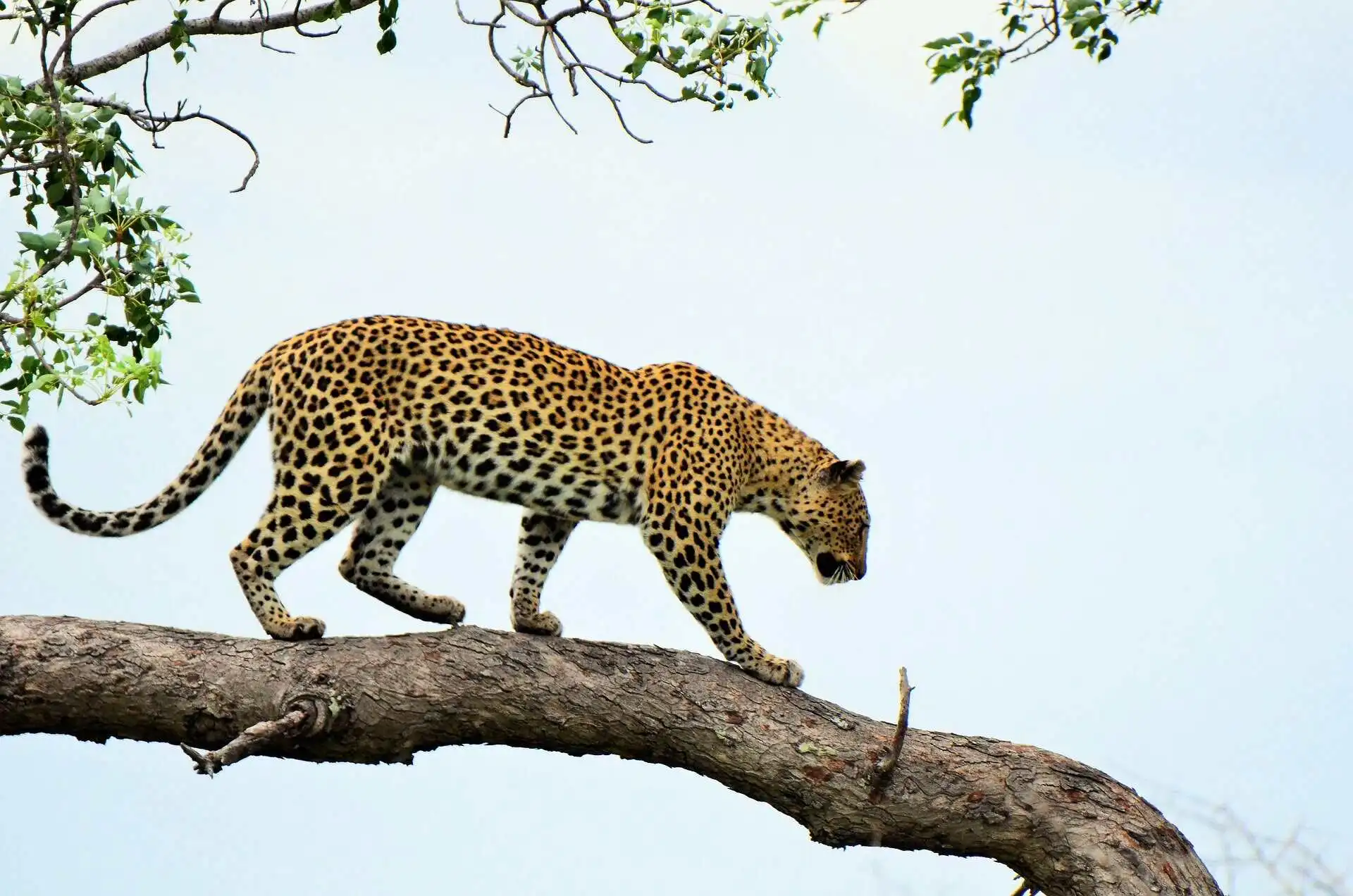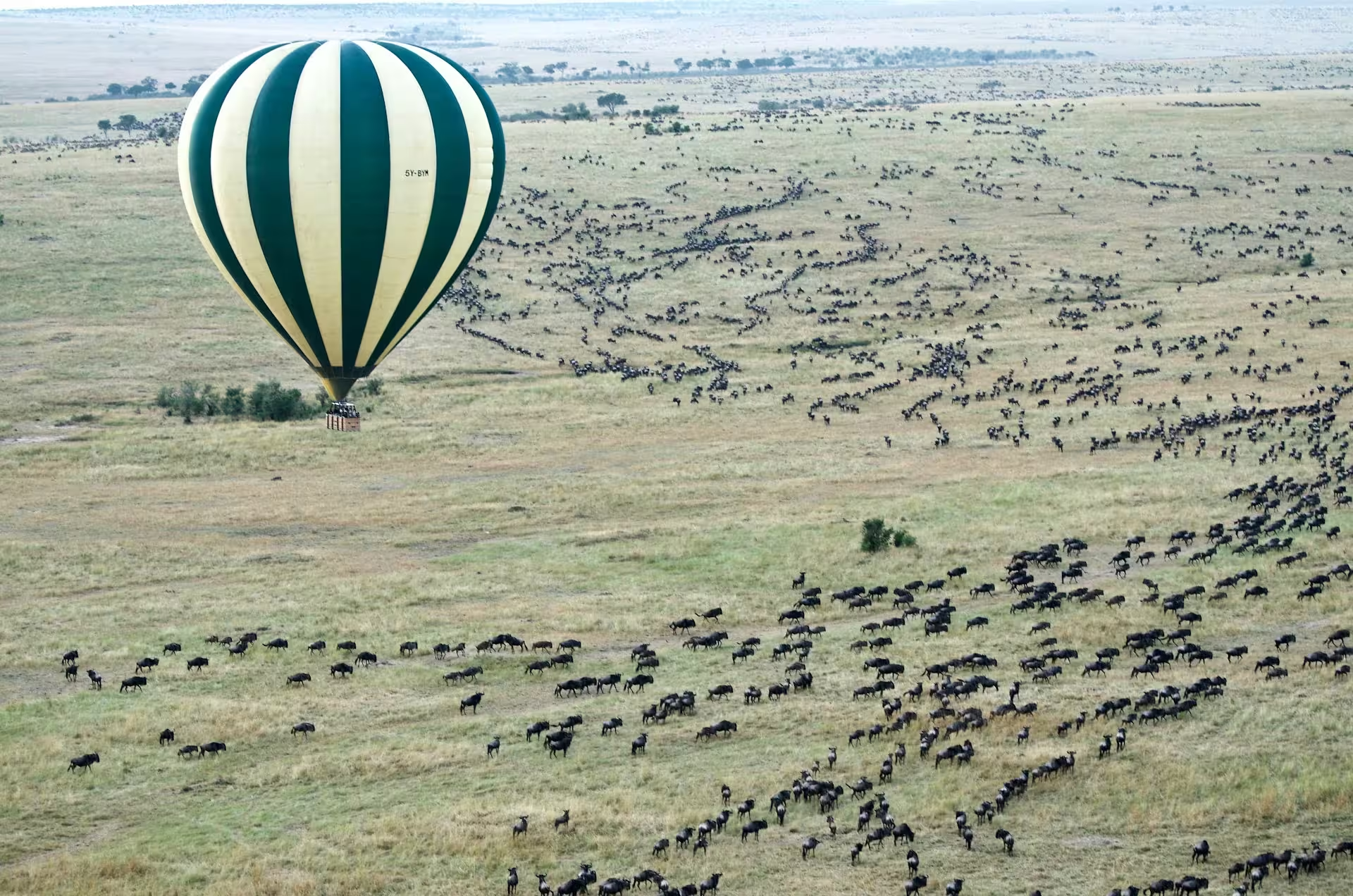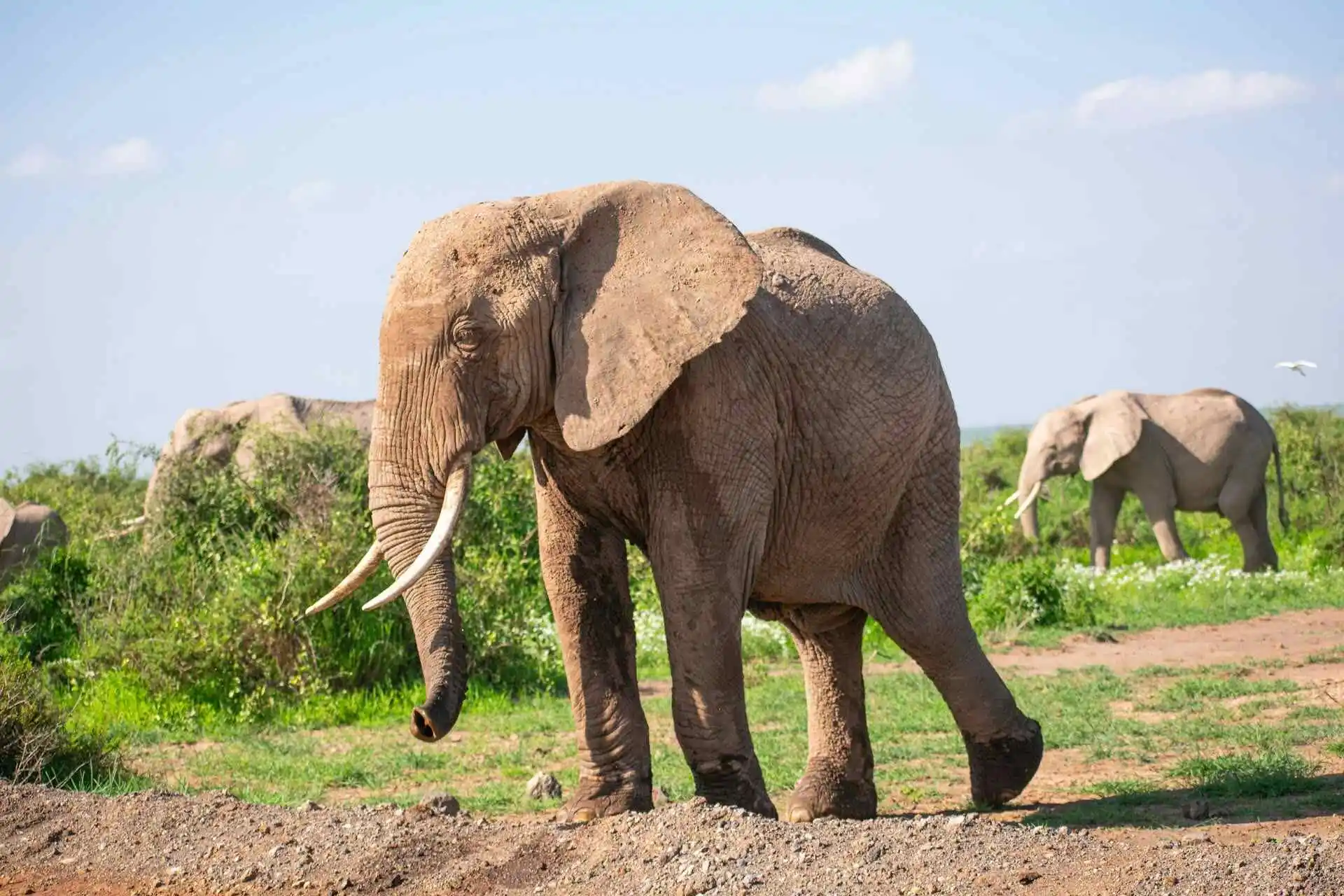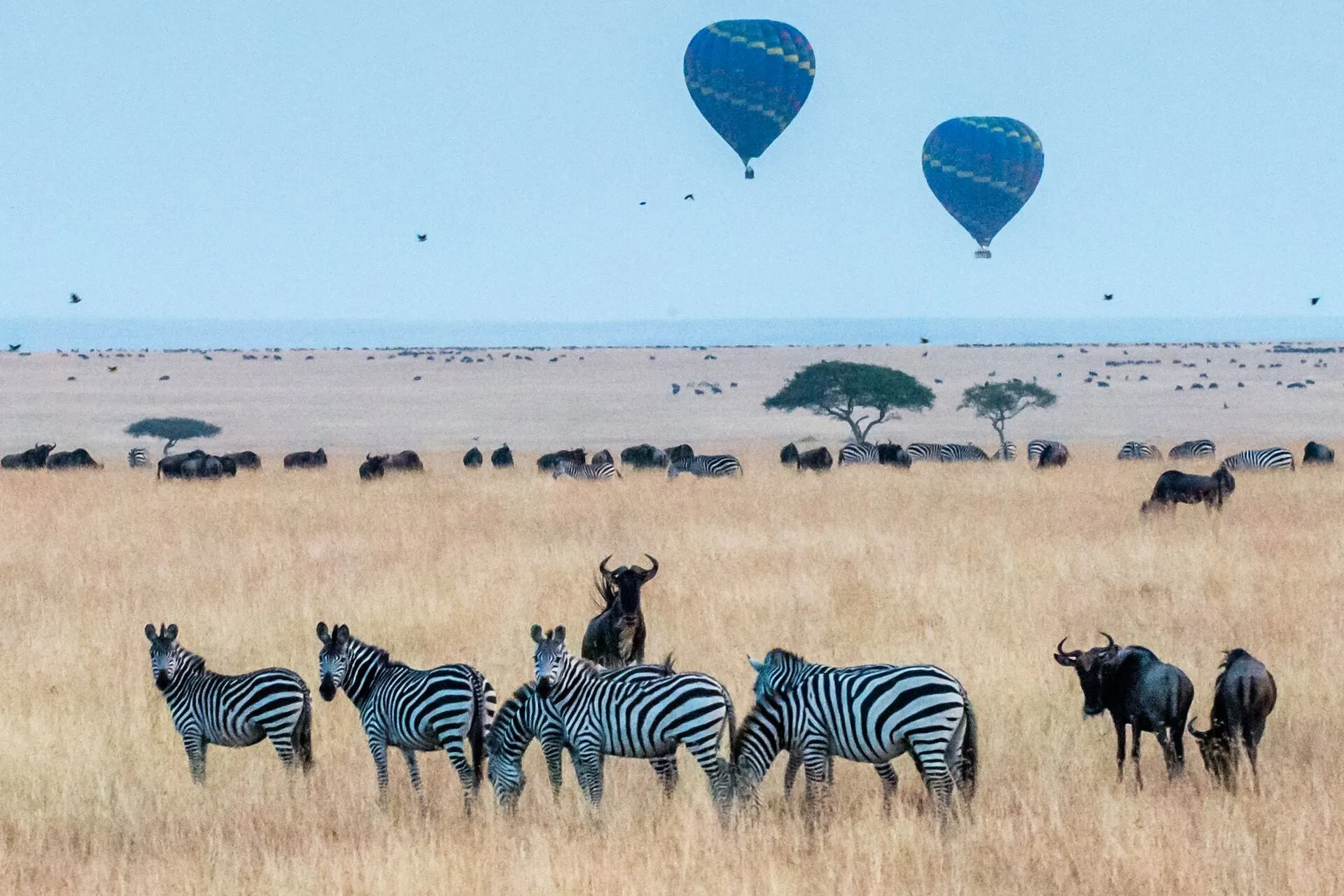Tanzania offers an unforgettable safari experience with its diverse landscapes and incredible wildlife. First-time visitors often feel overwhelmed by the planning process, but with a bit of know-how, you’ll be set for the adventure of a lifetime.
When to Visit Tanzania
The dry season (June to October) gives you the best wildlife viewing opportunities. Animals gather around water sources, making them easier to spot in the thinning vegetation. July to September also coincides with the dramatic river crossings during the Great Migration.
Rainy seasons (November-December and March-May) mean fewer tourists and lush green landscapes. You’ll find better deals on accommodations, but some roads become difficult to navigate, and certain camps close temporarily.
Many travelers don’t realize that January and February offer a sweet spot—slightly drier conditions before the long rains begin, with newborn wildlife and migrating birds adding extra appeal.
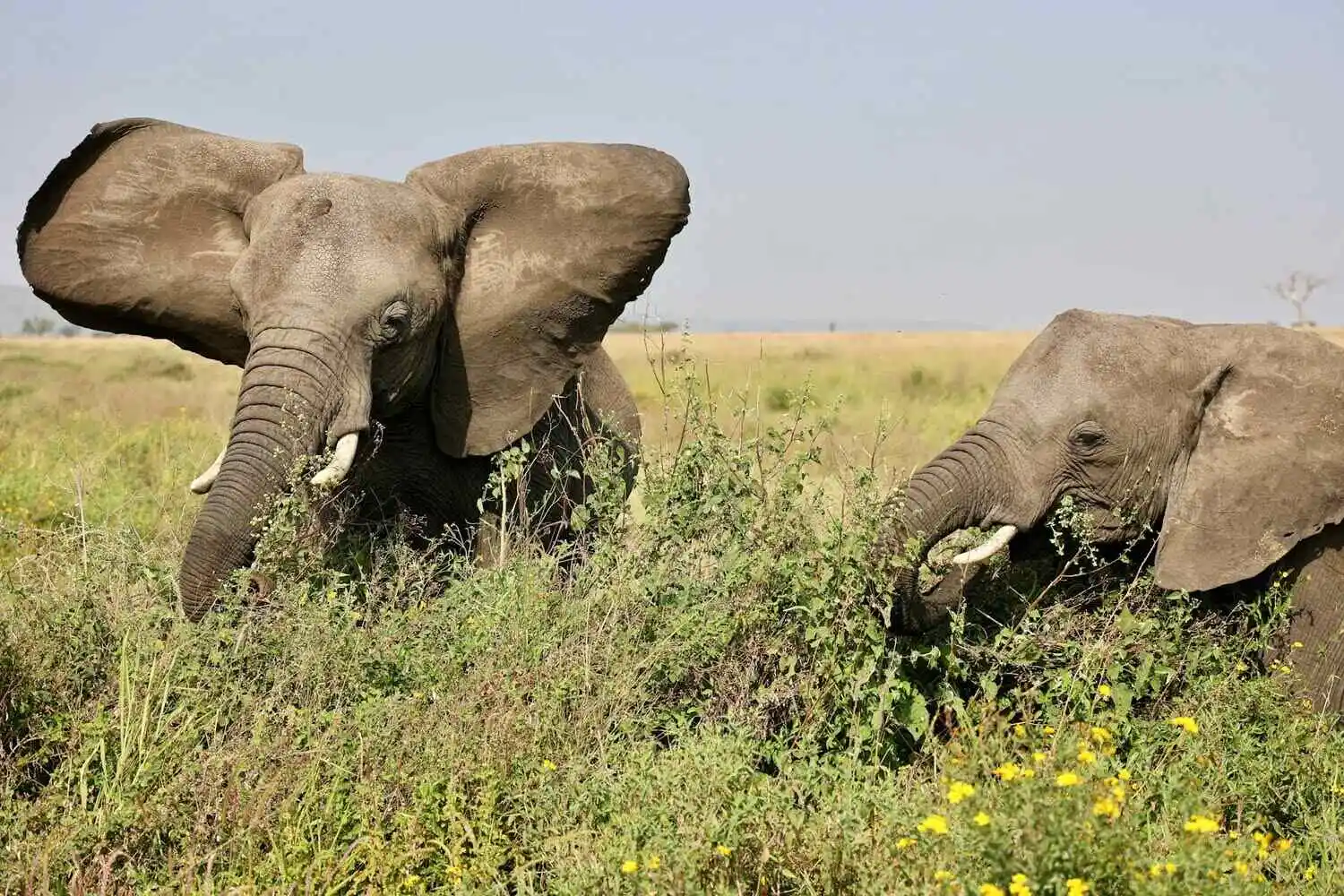
Must-See Wildlife Destinations
The Serengeti steals the spotlight with its endless plains and incredible predator action. The central Seronera region offers year-round wildlife viewing, while the Western Corridor and Northern Serengeti shine during migration months.
Ngorongoro Crater feels like stepping into a wildlife documentary—the world’s largest intact volcanic caldera houses approximately 30,000 animals in a relatively compact area. The crater floor practically guarantees sightings of the “big five” within a single day.
Tarangire National Park shines during the dry season when massive elephant herds congregate along the river. The ancient baobab trees create a surreal backdrop for wildlife photography that you won’t find elsewhere.
Lake Manyara might be smaller, but it punches above its weight with tree-climbing lions, massive flamingo flocks, and the scenic backdrop of the Great Rift Valley escarpment. It’s perfect for a day visit before heading to larger parks.
Wildlife Encounters
Big Cats & Preditors
Lions steal the show on Tanzanian safaris. Family prides lounge in the shade during hot days, but dawn and dusk drives offer chances to witness hunting behavior. The kopjes (rock formations) in the Serengeti make perfect lion observation points.
Leopards require patience and sharp eyes—look for their distinctive rosette patterns in fig trees along riverbeds. Your guide will spot their dangling tails or the remains of kills hoisted into branches.
Cheetahs favor open grasslands where they can display their remarkable speed. The Serengeti plains and parts of Ngorongoro Conservation Area offer the best chances to watch these elegant cats in action.
Rare and Endangered Species
For endangered species enthusiasts, the black rhinos in Ngorongoro Crater represent one of Africa’s most closely protected populations. Numbers are slowly rebounding after decades of poaching, though sightings require good binoculars and a bit of luck.
African wild dogs—with their painted coats and complex social structure—occasionally appear in the eastern Serengeti and Loliondo regions. Their packs move constantly, making each sighting especially precious.
Also Read 10 Endangered Species of Africa
The Great Migration Experience
The wildebeest river crossings along the Mara River (July-September) represent nature at its most dramatic. Thousands of animals plunge into crocodile-infested waters in a frantic dash northward. For the best viewing spots, head to Kogatende in the Northern Serengeti.
What many visitors don’t realize is that the migration moves in a clockwise circuit throughout the year. February brings calving season in the southern plains, when thousands of wildebeest births happen daily—naturally attracting numerous predators.
Even outside peak migration times, resident wildlife remains abundant. The plains game never completely disappears, making any season worthwhile for your first Tanzania visit.
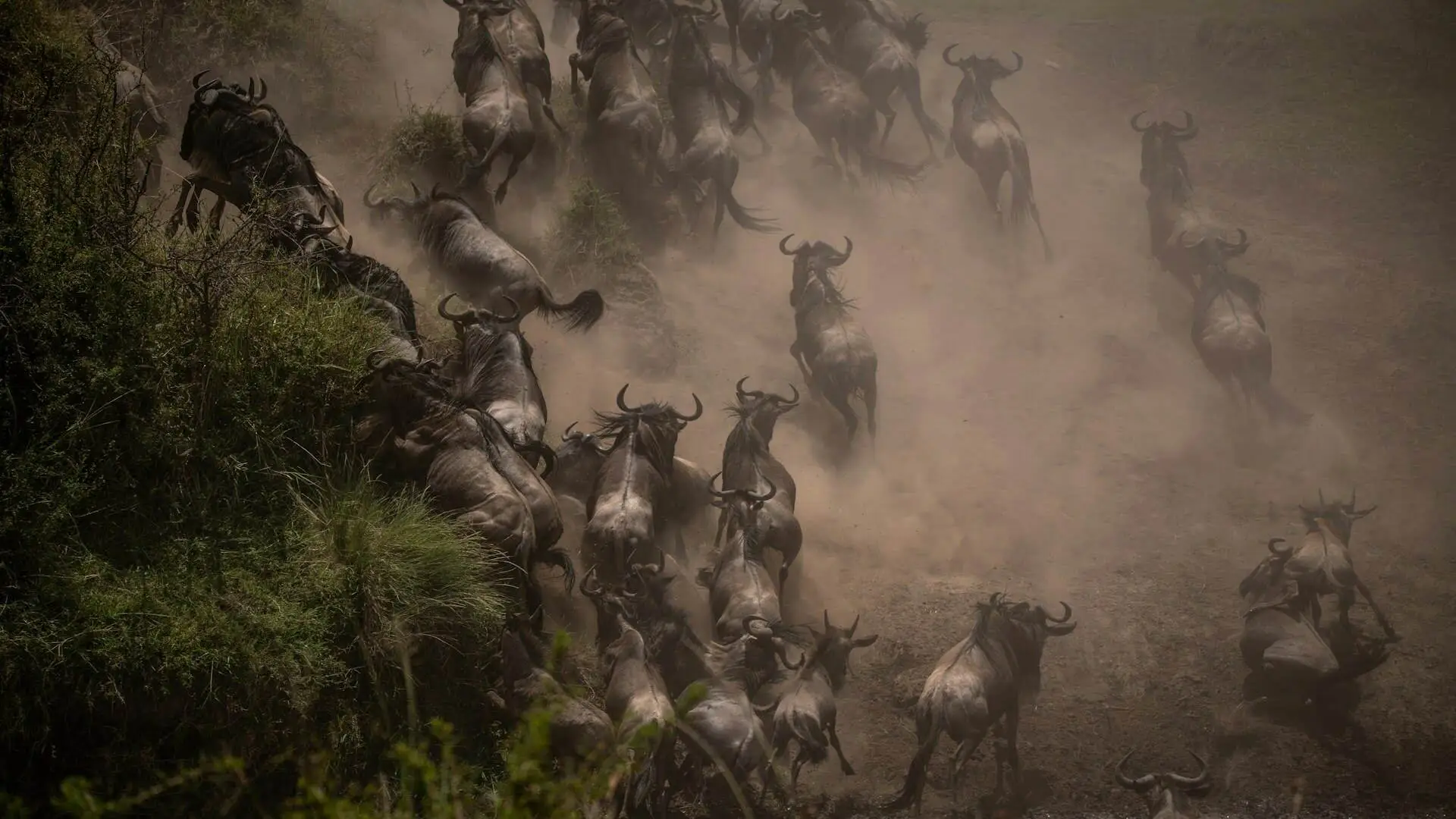
Safari Options and Styles
Lodge Safaris vs Camping
Lodge safaris offer comfortable beds, hot showers, and gourmet meals after exciting game drives. Higher-end properties include extras like swimming pools, spa services, and sunset cocktails overlooking waterholes.
Mobile camping brings you closer to nature with the sounds of the bush right outside your tent. Don’t worry—these aren’t basic accommodations but often include proper beds, en-suite bathrooms, and surprisingly good food prepared by camp chefs.
Private vs Group Experiences
Private safaris cost more but allow complete customization of your itinerary. Your guide adjusts the schedule based on your interests, whether that’s extended time watching a lion pride or focusing on birds and smaller creatures that group tours might skip.
Specialized Photography Safaris
Photography enthusiasts should consider specialized safaris with vehicles configured for camera equipment and guides who understand lighting and animal behavior. They’ll position you perfectly for those National Geographic-worthy shots.
Practical Travel Tips
Visa Requirements and Health Precautions
Tanzania requires a visa for most foreign visitors. You can get one upon arrival at major entry points or apply online beforehand to save time. Don’t forget yellow fever certificates if you’re arriving from countries where it’s endemic.
If you’re traveling with Big Cats Safari, you don’t need to stress about visas or paperwork—we’ll guide you through everything and make it super easy.
Packing Essentials
Pack light, neutral-colored clothing (avoid bright colors that disturb wildlife). Mornings and evenings get surprisingly chilly—a warm jacket is essential even in summer months. Bring a good hat, sunscreen, and insect repellent.
Mobile coverage is decent in towns but patchy in wilderness areas. Many lodges offer Wi-Fi, though connections can be slow. Consider this digital detox part of your safari experience!
Read More About What to Pack on Africa Safari
Currency and Communications Basics
The Tanzanian shilling is the local currency, but US dollars (bills dated 2009 or newer) are widely accepted in tourist areas. Major lodges take credit cards, but keep cash handy for smaller purchases, tipping, and rural areas.
Wildlife Viewing Etiquette
Respect wildlife space—your guide knows safe viewing distances. Animals that appear unbothered by vehicles can react unpredictably if they feel cornered or threatened.
Keep voices low during sightings. Sudden movements and loud noises disturb animals and ruin the experience for other visitors. Remember you’re a guest in their home.
When photographing, avoid using flash or making clicking sounds to attract attention. Patience yields more natural behavior and better photos than aggressive positioning or disruption.
Support conservation by following park rules, staying on designated roads, and never pressuring guides to get closer to animals than regulations allow. Tanzania’s wildlife faces enough challenges without added tourist pressure.
Beyond Wildlife: Cultural Experiences
Maasai village visits offer insights into traditional lifestyles that have adapted to coexist with wildlife for centuries. These communities welcome respectful visitors, though choose ethical tour operators that ensure fair compensation to the hosts.
Try local dishes like nyama choma (grilled meat), ugali (maize porridge), and pilau rice. Fresh tropical fruits make refreshing snacks during hot afternoons.
When shopping for souvenirs, colorful Maasai beadwork, wood carvings, and Tingatinga paintings make meaningful mementos. Bargaining is expected but should be good-natured—remember that fair prices support local artisans and their families.
Your first Tanzanian safari will likely spark plans for a return visit before you’ve even left. The country’s warmth—both in climate and hospitality—combined with extraordinary wildlife encounters creates memories that last far longer than the trip itself.
Book Your Tanzania Adventure Today!
Witness Tanzania’s wild beauty with expert guides. Custom safaris, epic wildlife, limited spots—secure yours now!

